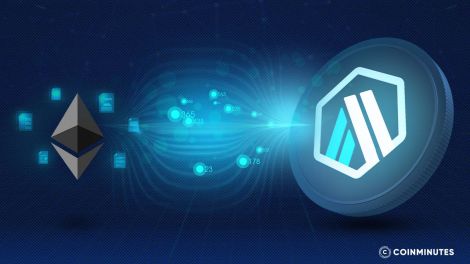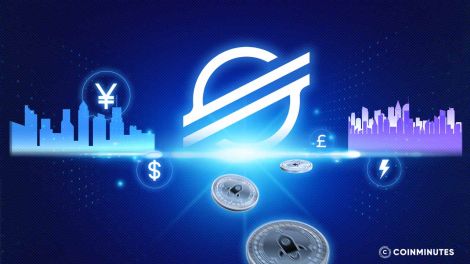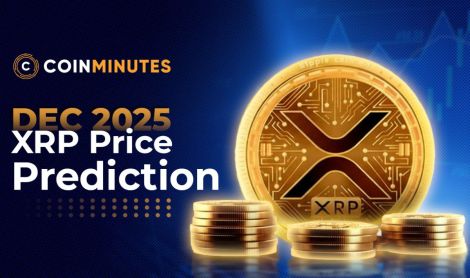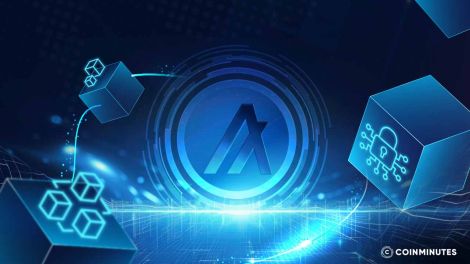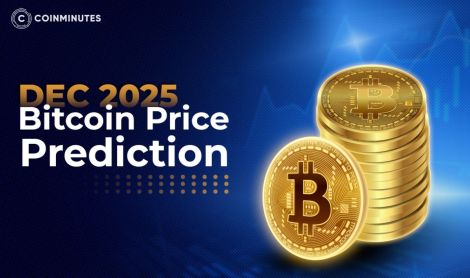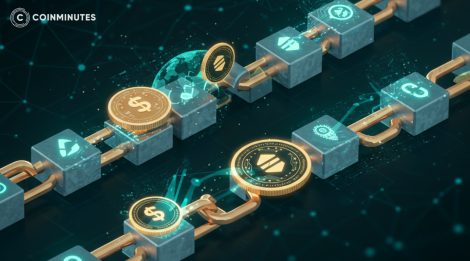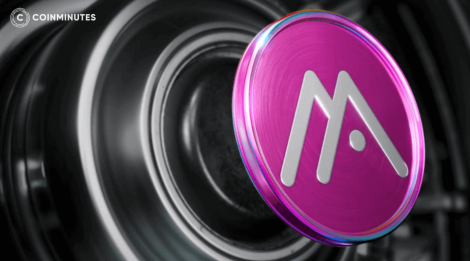BNB Chain Shatters Speed Records: Maxwell Upgrade Pushes Blockchain Into Sub-Second Territory

"This isn't just another upgrade – it's a technical leap forward for faster blocks, better validator coordination, and smoother network performance," declared the BNB Chain development team.
But what does this speed revolution actually mean for you? And is faster always better?
The Mechanics Behind Maxwell: How Did They Actually Do This?
Blockchains are notoriously slow for a reason.
Getting hundreds or thousands of computers to agree on transaction order isn't easy. It takes time. Yet the Maxwell upgrade, deployed June 30 at 2:30 am UTC, introduces three technical innovations that fundamentally change this equation:
BEP-563 rewires how validators communicate. Think of validators as the network's record-keepers who must quickly reach consensus. Before Maxwell, they used inefficient broadcast methods.
Now? Direct communication channels.
"This improvement is key for hitting that 0.75s target," the team explained.
BEP-564 creates what amounts to a bulk delivery system for blockchain data. Instead of requesting individual blocks one at a time, nodes can now ask for multiple blocks simultaneously through two new protocols with intimidating names: GetBlocksByRangeMsg and RangeBlocksMsg.
Developers confirm this change "significantly improves sync speeds across the network."
BEP-524 builds on April's Lorentz update, which had already halved block times from three seconds to 1.5 seconds. Maxwell pushes this optimization further.
Together, these changes create a system where your transactions process faster than you can say "blockchain."
Why Sub-Second Speed Actually Matters (And When It Doesn't)
Not all seconds are created equal.

When sub-second speed actually matters
For regular users, near-instant confirmations mean no more waiting for tokens to arrive in your wallet. Send BNB across the network, and it's there before you can switch apps.
For traders, speed equals opportunity. When market conditions change rapidly, even a one-second delay can mean the difference between profit and loss. DeFi protocols particularly benefit from reduced latency, as failed transactions during volatile periods become less common.
Gaming applications can now deliver experiences approaching traditional web responsiveness. Click a button, and your action registers almost immediately.
But speed isn't everything.
Security and decentralization matter too. And some applications don't actually need sub-second finality. A payment system might work perfectly fine with 5-second confirmations. An NFT marketplace might not benefit from shaving milliseconds.
So why push the boundaries at all?
Because certain applications we haven't even imagined yet might only become possible when blocks approach real-time processing.
The Developer Warning: "If It Breaks, It's Probably Your Code"
The BNB Chain team didn't sugar-coat their message to developers.
"If something breaks, it's probably your code – not the chain," they warned bluntly.
This stark statement highlights a critical tension in blockchain development. As networks evolve, applications built on certain assumptions must evolve too.
Many dApps were designed with 1.5-second block times in mind. Functions might wait specific intervals, schedule actions based on block counts, or include safety buffers that no longer make sense.
Developers were instructed to:
-
Test everything under accelerated block conditions
-
Rewrite time-dependent components
-
Evaluate logic that might fail with faster processing
Validators faced their own challenges. Their systems now must handle 0.75-second performance benchmarks while managing increased message throughput and accelerated consensus cycles.
This raises an interesting question: how fast can blockchains ultimately get before diminishing returns set in?
BNB's Market Response: Pricing in Speed
Money notices innovation.
BNB, the network's native token, climbed 6.5% in the week before Maxwell's deployment, trading between $617 and $655. Following the announcement, it gained another 1.2% to reach $655.70.
Yet despite this positive movement, BNB remains 17% below its all-time high of $788 from December.
While investors clearly value technical advances, they're not overwhelmingly impressed by speed improvements alone. Other factors – adoption, utility, regulatory environment – still weigh heavily on valuations.
And rightfully so. Technical capabilities mean little without practical applications that users actually want.
The Scalability Trilemma: What's Being Sacrificed?
Every blockchain confronts an uncomfortable truth: you typically can't maximize security, decentralization, and scalability simultaneously.
BNB Chain's push for sub-second blocks clearly prioritizes scalability. But at what cost?
Security concerns seem adequately addressed. The upgrade actually enhances network integrity by improving validator coordination and reducing missed consensus votes.
But what about decentralization?
Faster blocks demand more powerful hardware and network connections. This potentially raises the barrier to entry for validators, concentrating power among those who can afford high-end equipment.
The improved synchronization protocols partially mitigate this issue by making it easier for validators to stay in sync. But the fundamental tension remains.
How fast can a truly decentralized network really get?
Buterin's Warning: When Optimization Becomes Centralization
While BNB Chain focuses on technical performance, Ethereum founder Vitalik Buterin has recently highlighted broader centralization risks in the crypto ecosystem.
His critique of "one person, one ID" systems like World (formerly Worldcoin) raises parallel concerns. Even with advanced privacy technologies, Buterin argues that linking all activities to a single identity creates dangerous vulnerability.

One ID: A single point of vulnerability
"A single identity represents a single point of vulnerability," he cautions.
The parallel with blockchain optimization is striking. As networks chase efficiency and speed, they must guard against centralization pressures that could undermine blockchain's core promise: permissionless participation and censorship resistance.
BNB Chain's approach differs by maintaining open access. Anyone can use the network without identity verification. But the technical requirements for participation as a validator continue to rise.
This tension – between optimization and decentralization – defines much of blockchain's current evolution.
What Comes After Sub-Second? The Next Frontiers
Reaching 0.8-second blocks is impressive. But it's not the end of the road.
BNB Chain's roadmap hints at several future directions:
Layer-2 solutions will likely extend scalability further. These secondary protocols can process thousands of transactions off-chain before settling batches on the main network.
Cross-chain functionality becomes increasingly crucial as different blockchains specialize. BNB Chain's speed makes it ideal for applications requiring rapid finality, but it must communicate seamlessly with other networks.
New application categories will emerge. Some use cases simply weren't viable when confirmations took several seconds. What becomes possible at sub-second speeds that we haven't yet imagined?
And speed isn't the only metric. User experience, developer tools, and governance mechanisms all need corresponding advances to realize blockchain's full potential.
Why This Actually Matters: The Stakes Beyond Technical Specifications
As blockchains transition from speculative investments to practical infrastructure, performance metrics take on new significance.
Financial applications demand quick finality. Gaming requires responsive interaction. Enterprise adoption depends on reliability and consistency.
BNB Chain's Maxwell upgrade demonstrates that dramatic performance improvements are possible without completely sacrificing a network's core attributes.
But the real question is whether other major networks will follow this path. Can Ethereum, with its focus on decentralization, achieve similar performance? Will Solana's approach prove more scalable in the long run?
The blockchain performance race is just heating up. And ultimately, users will determine which compromises are acceptable and which aren't.
As these networks compete for developers, users, and applications, innovation will continue accelerating. The sub-second threshold once seemed impossible. Now it's merely the beginning.
Are you prepared for blockchains that respond as quickly as you think?
Because ready or not, they're already here.
 English
English
 Vietnamese
Vietnamese


